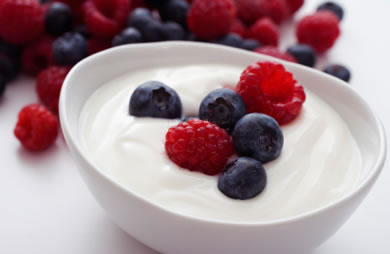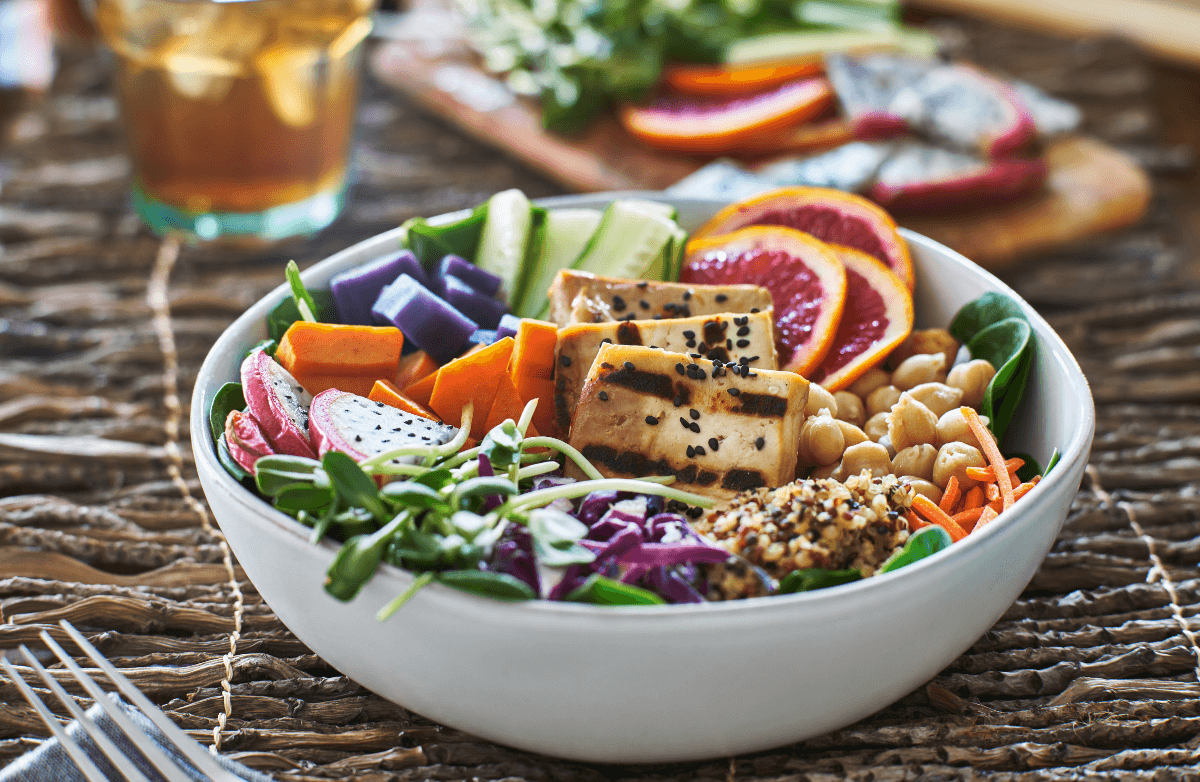Sodium is an essential mineral that your body needs every day. It helps maintain fluid balance, supports proper nerve function, and contributes to healthy blood volume. While sodium is necessary for your body to function, consuming too much can increase your risk of high blood pressure, which in turn can contribute to heart disease and stroke.
Most adults need about 1,500 milligrams of sodium per day, but the average person consumes much more. Current dietary guidelines recommend that adults aim for less than 2,300 milligrams daily, roughly the amount in one teaspoon of table salt.
Sodium in Foods
Sodium occurs naturally in foods like meats, dairy, grains, and nuts. Salt is made from sodium and chloride, but the majority of sodium in the typical diet comes from processed and packaged foods, often in forms you might not realize. This “hidden” sodium can quickly add up, even if you don’t add salt to your meals.
Reducing sodium intake is an effective way to support healthy blood pressure and overall heart health. While your taste buds may need time to adjust to less salt, the long-term benefits are worth it.
Tips for Reducing Sodium
1. Use Herbs and Spices:
Enhance flavor without adding salt by using garlic, oregano, basil, pepper, thyme, or sesame. If a recipe calls for salt, try using half the amount and taste before adding more.
2. Shop Smart:
Read nutrition labels and ingredient lists for sodium content. Processed foods—anything in a box, bag, or frozen meal—often contain high sodium levels. Low-fat or low-calorie versions may also have added sodium to enhance flavor.
3. Choose Low-Sodium Alternatives:
Look for low-, reduced-, or no-sodium versions of soups, frozen meals, canned foods, and snacks. Even butter is available in unsalted options.
4. Fresh or Frozen Over Canned:
Fresh and frozen vegetables usually contain less sodium than canned varieties. If using canned vegetables, rinse them under water to remove excess salt.
5. Limit High-Sodium Foods:
Certain foods are naturally high in sodium, including:
-
Olives, pickles, and brined foods
-
Smoked or cured meats like salami and bologna
-
Fast foods, fried foods, and restaurant meals
6. Be Portion-Conscious:
When eating out, choose smaller portions, such as a junior burger or a side of fries, to help control sodium (and calories).
Common Sodium Sources
| Food | Portion | Sodium (mg) | |
|---|---|---|---|
| Baking soda | 1 tsp | 1,259 | |
| Mini pretzels | 10 minis | 1,029 | |
| Soy sauce | 1 Tbsp | 902 | |
| Frozen pepperoni pizza | 1 serving | 902 | |
| Dill pickle | 1 medium | 883 | |
| Frozen chicken pot pie | 1 serving | 857 | |
| Shredded cheddar cheese | 1 cup | 702 | |
| Baking powder | 1 tsp | 488 | |
| Hamburger | 1 sandwich | 474 | |
| Sauerkraut | 1/2 cup | 469 | |
| Canned peas | 1 cup | 428 | |
| Ham | 1 slice | 373 | |
| Biscuit | 1 whole | 304 | |
| Bacon | 1 slice | 303 | |
| Salted mixed nuts | 1/4 cup | 205 | |
| Ketchup | 1 Tbsp | 190 | |
| Hard salami | 1 slice | 186 | |
| White bread | 1 slice | 170 | |
| Mustard | 1 Tbsp | 168 | |
| Potato chips | 1 oz | 168 | |
| Saltine crackers | 5 crackers | 161 | |
| Tortilla chips | 1 oz | 150 | |
| Italian salad dressing | 1 Tbsp | 116 | |
| Salted butter | 1 Tbsp | 82 |
Key Takeaways
-
Sodium is essential, but most people consume too much.
-
Aim for less than 2,300 mg per day.
-
Focus on fresh foods, read labels, and use herbs and spices instead of salt.
-
Be mindful of hidden sodium in processed foods, restaurant meals, and fast food.
By making small, consistent changes, you can reduce sodium intake, support healthy blood pressure, and improve overall heart health.





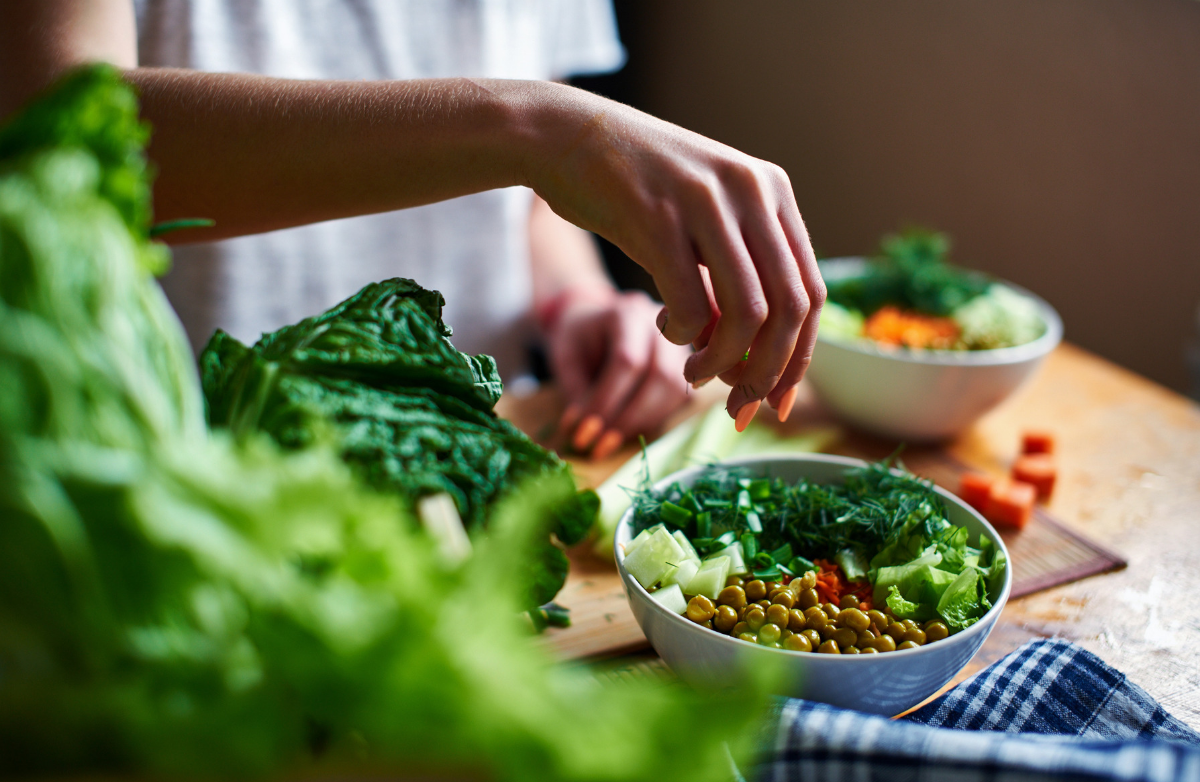
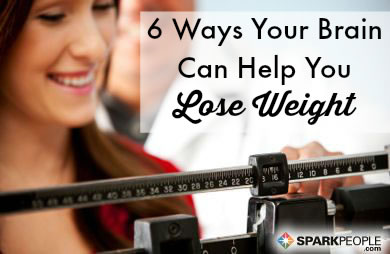

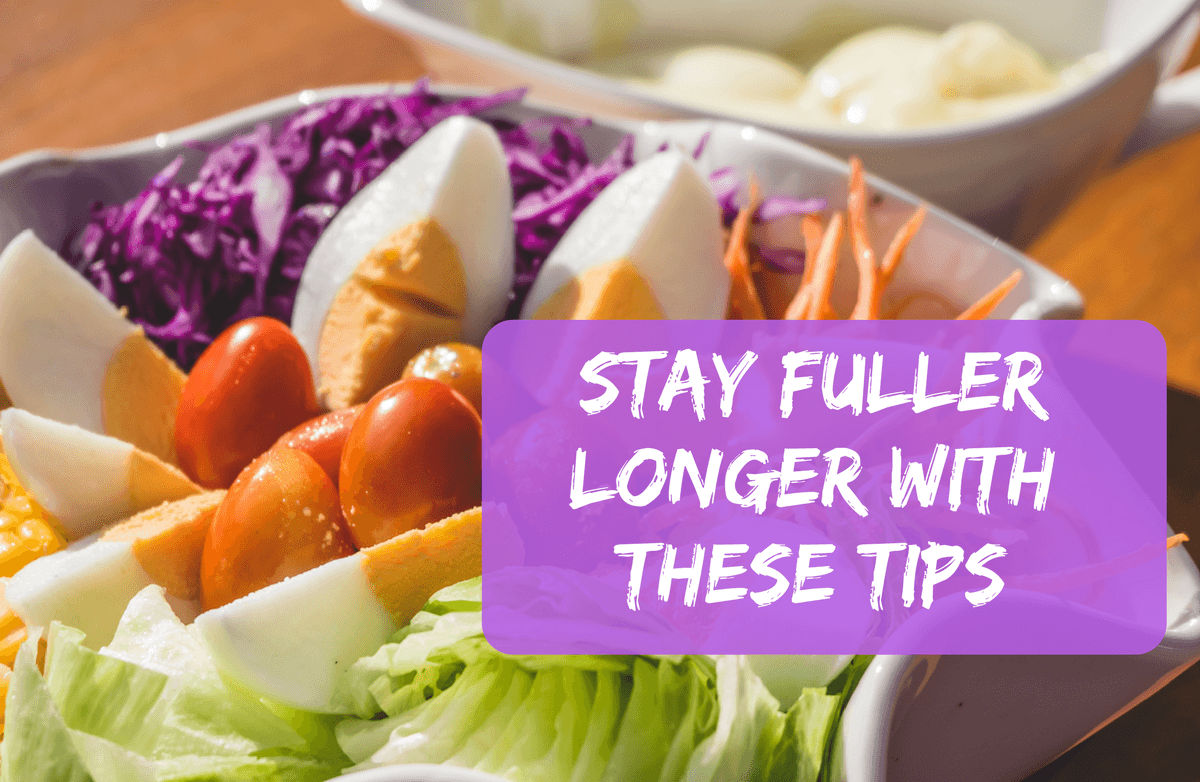
.jpg)

